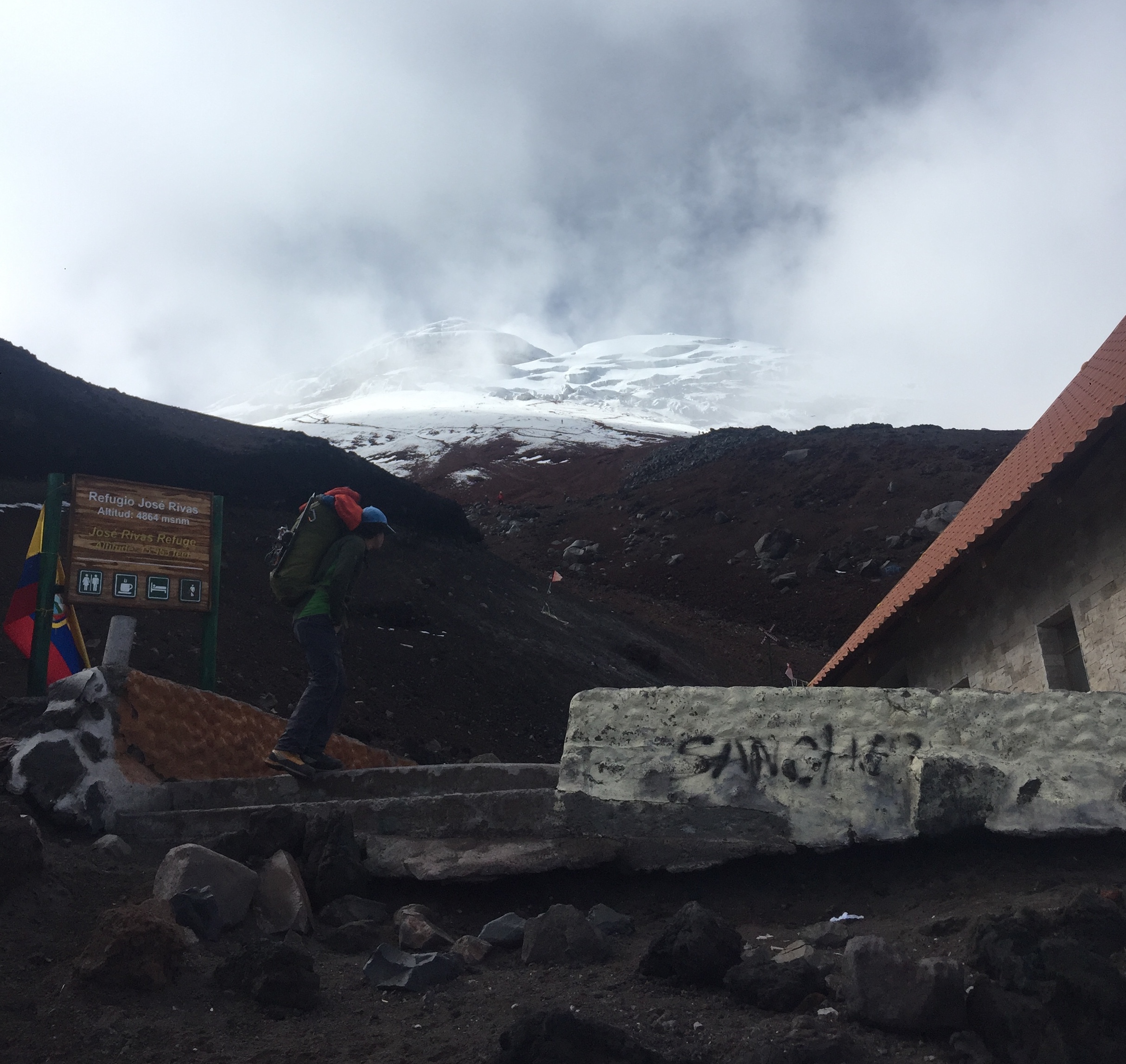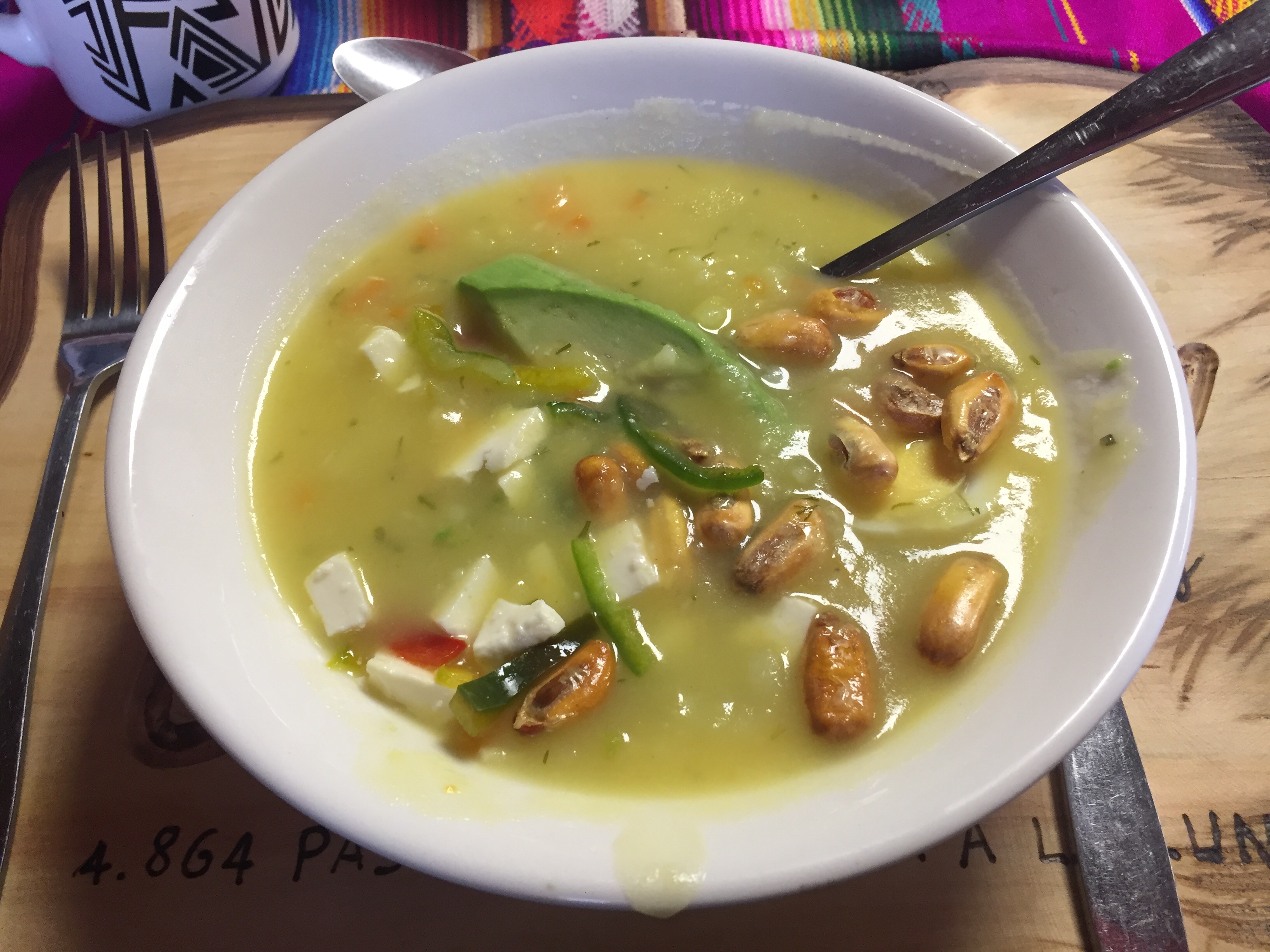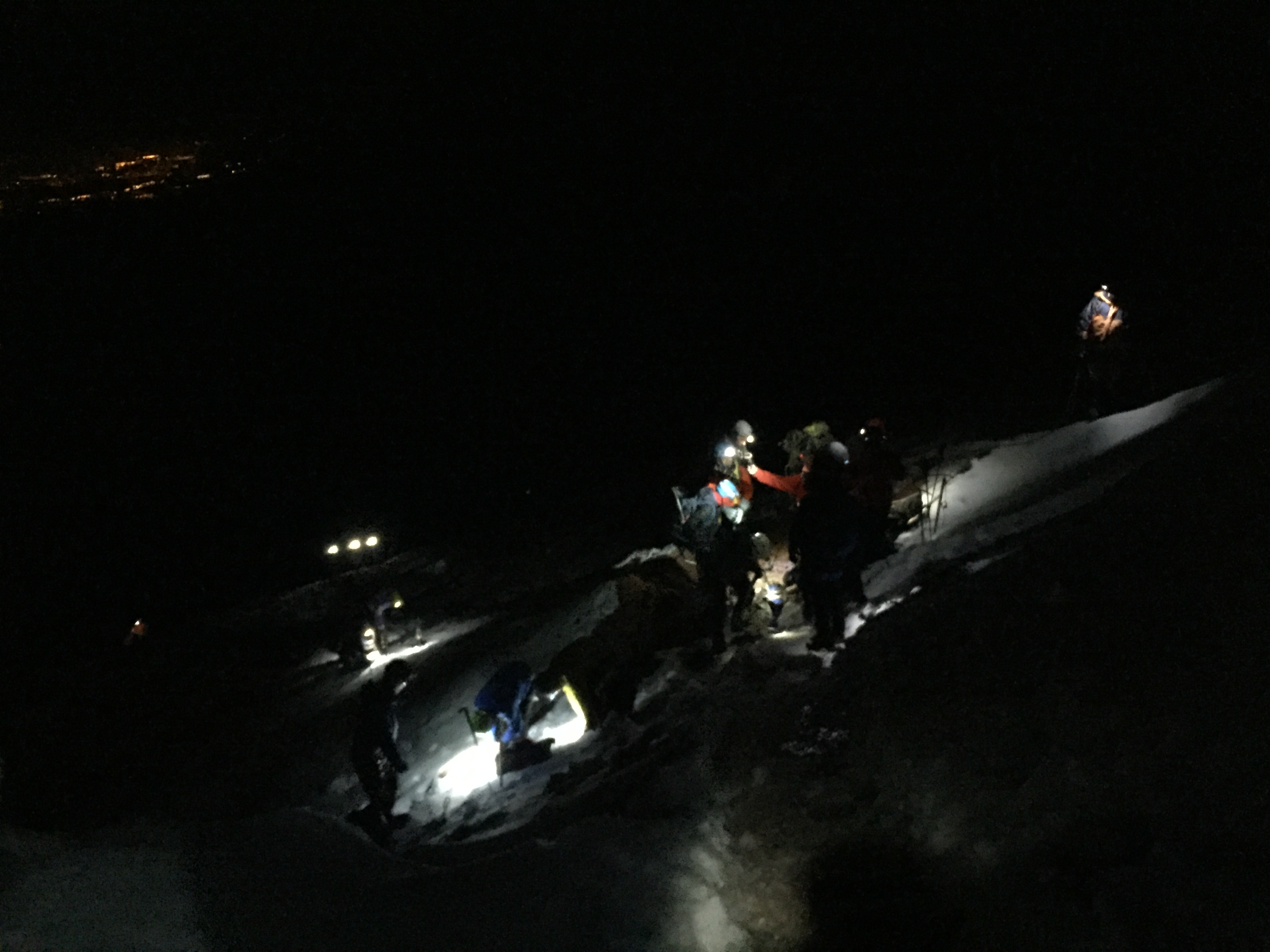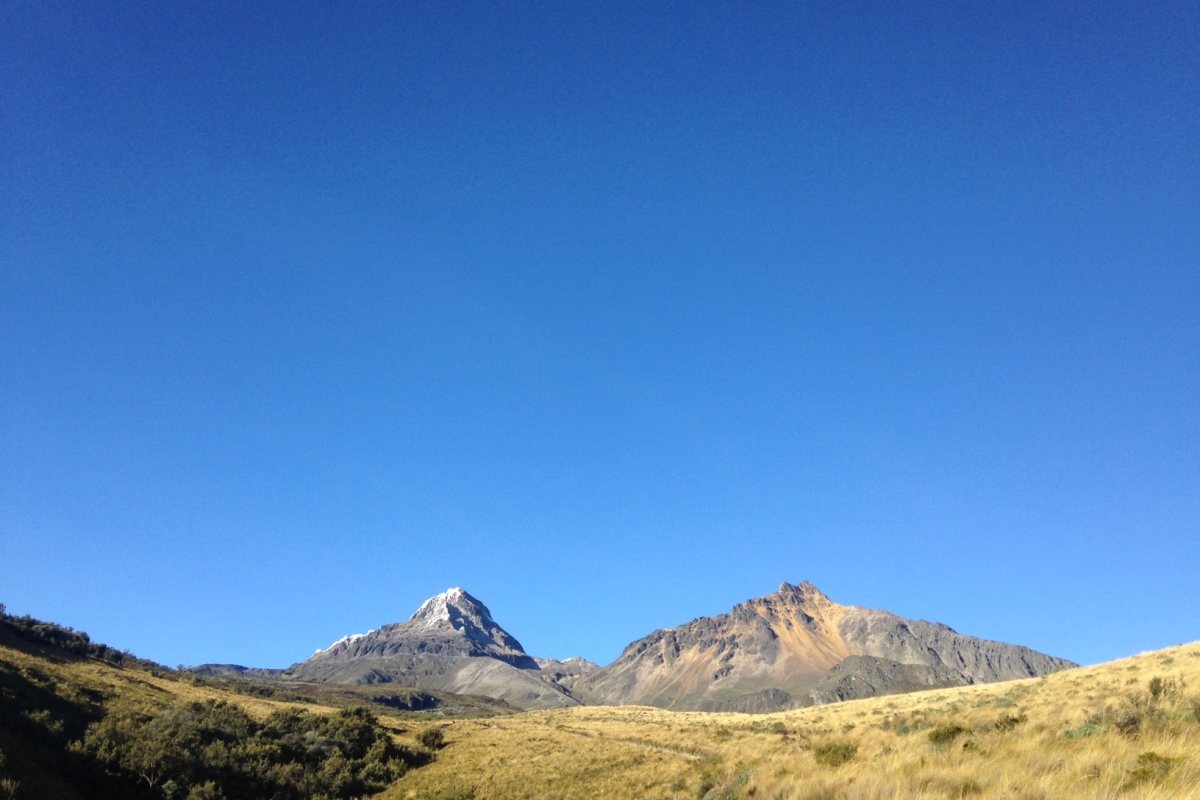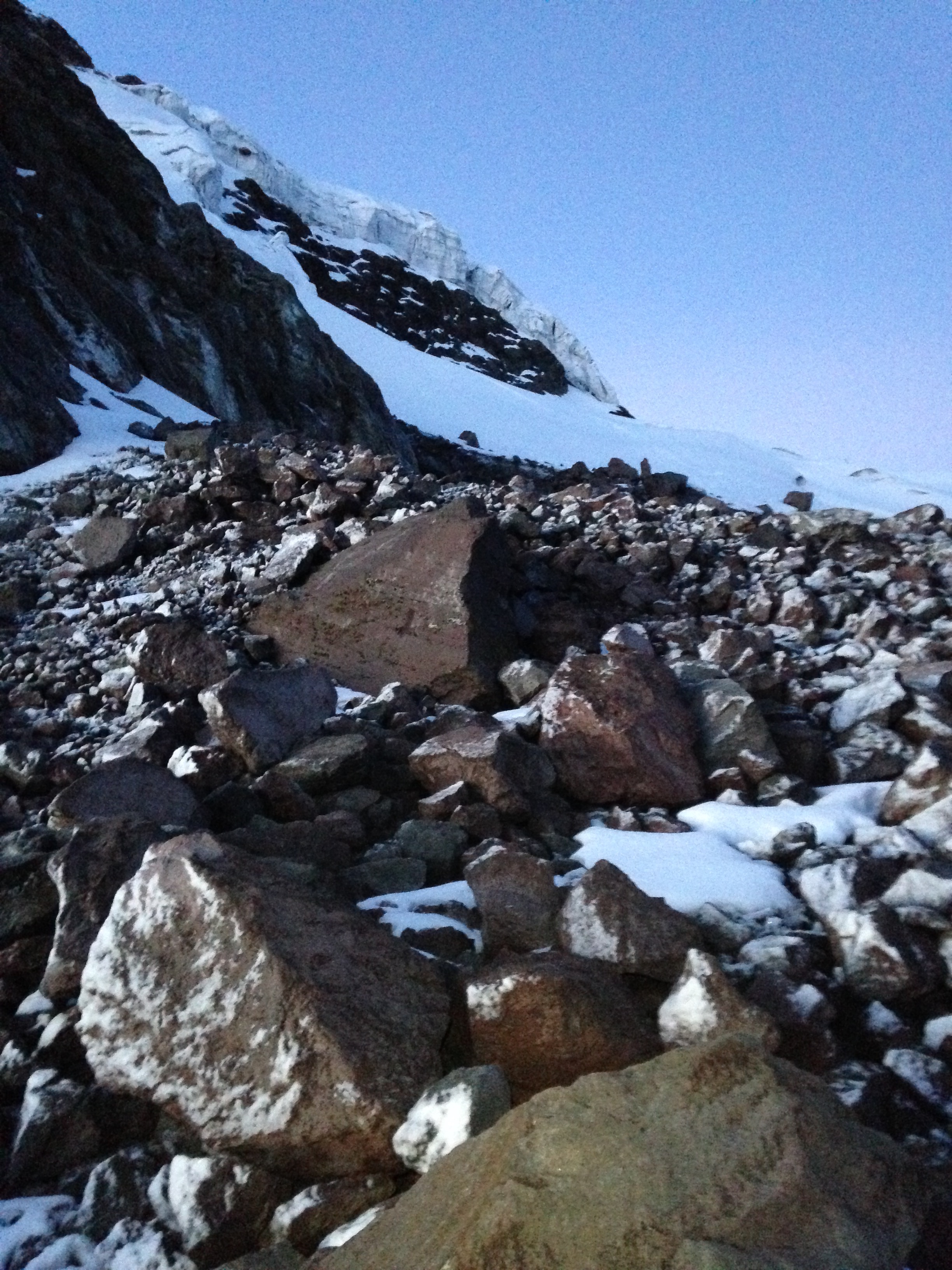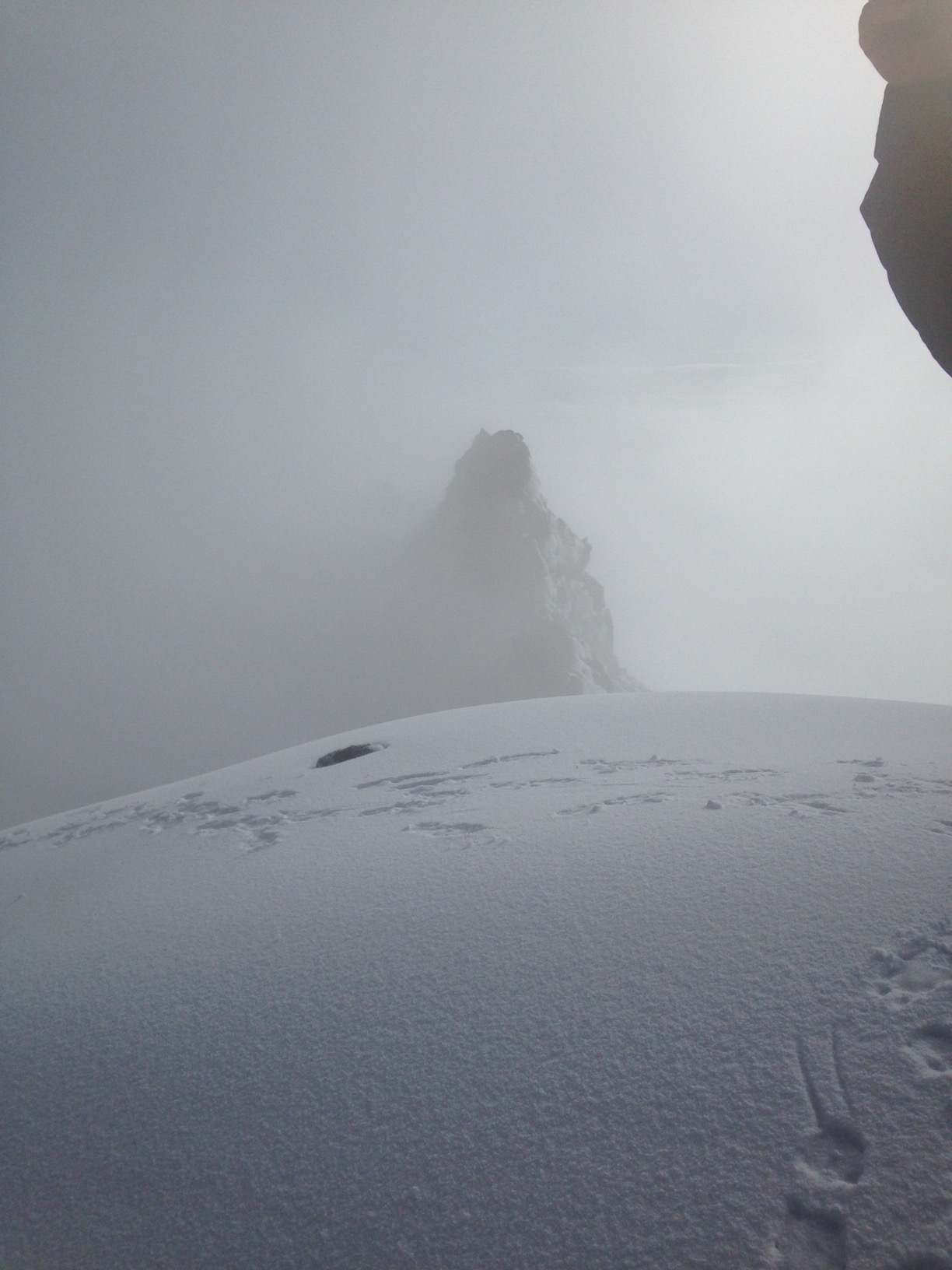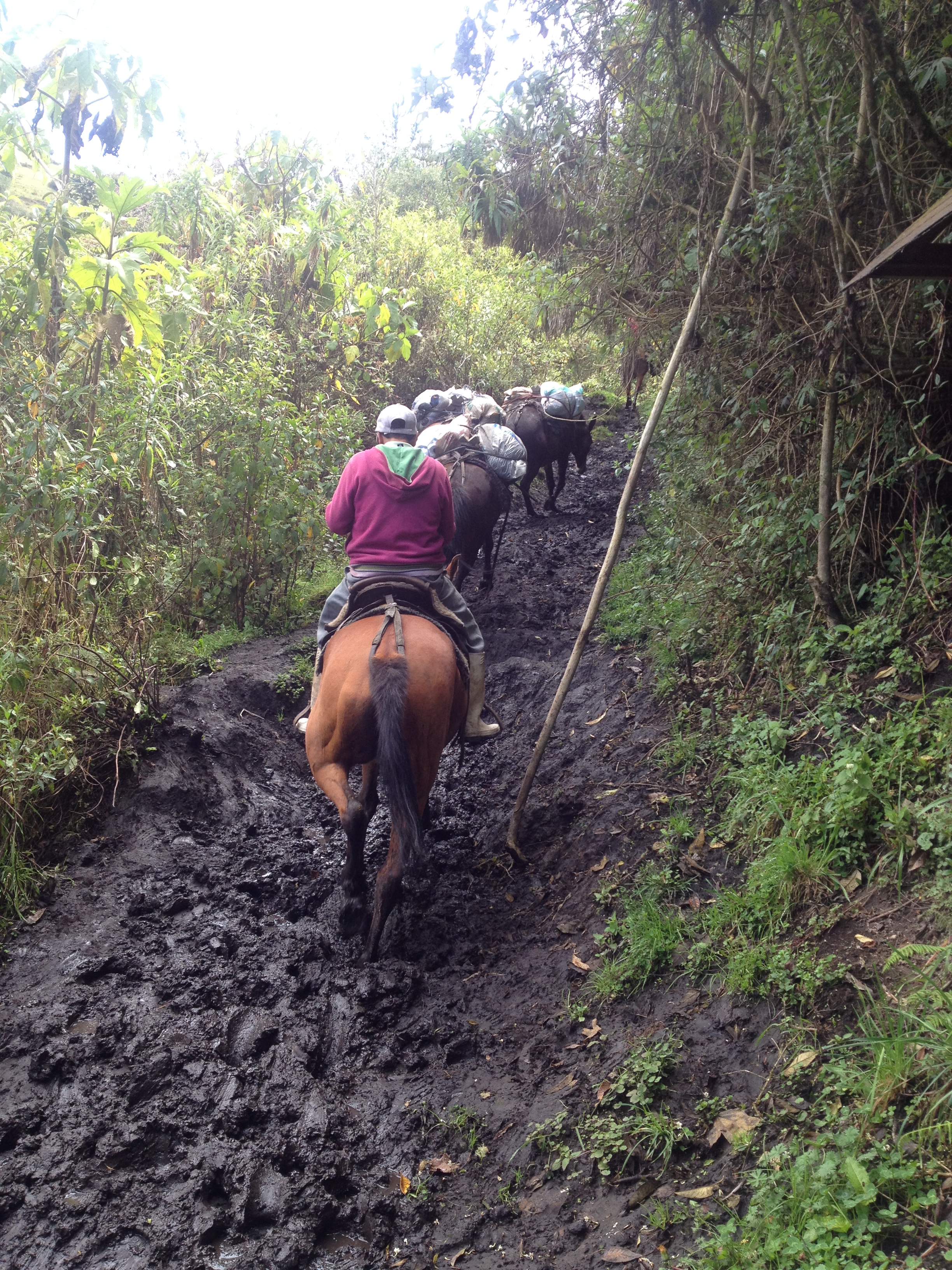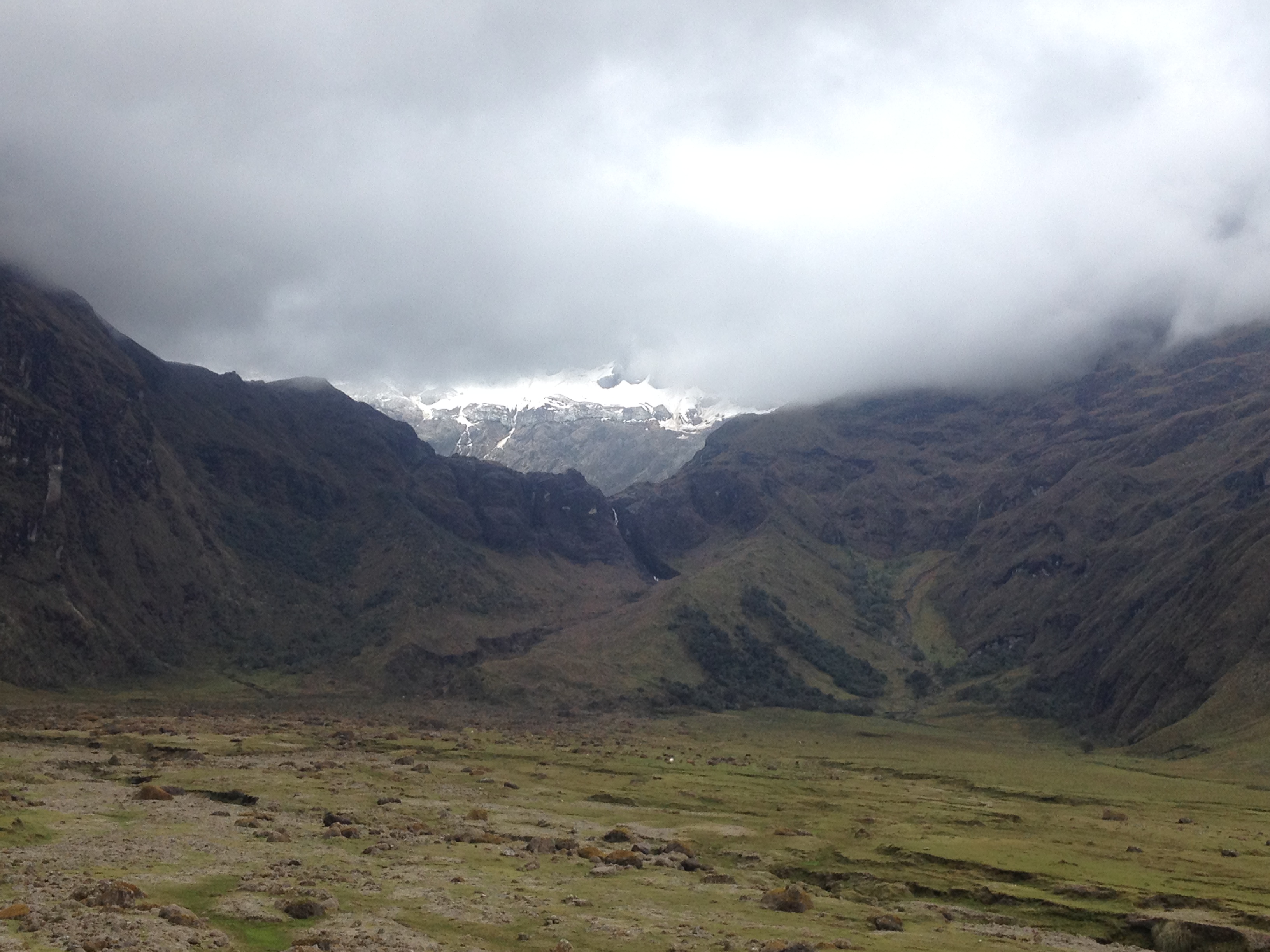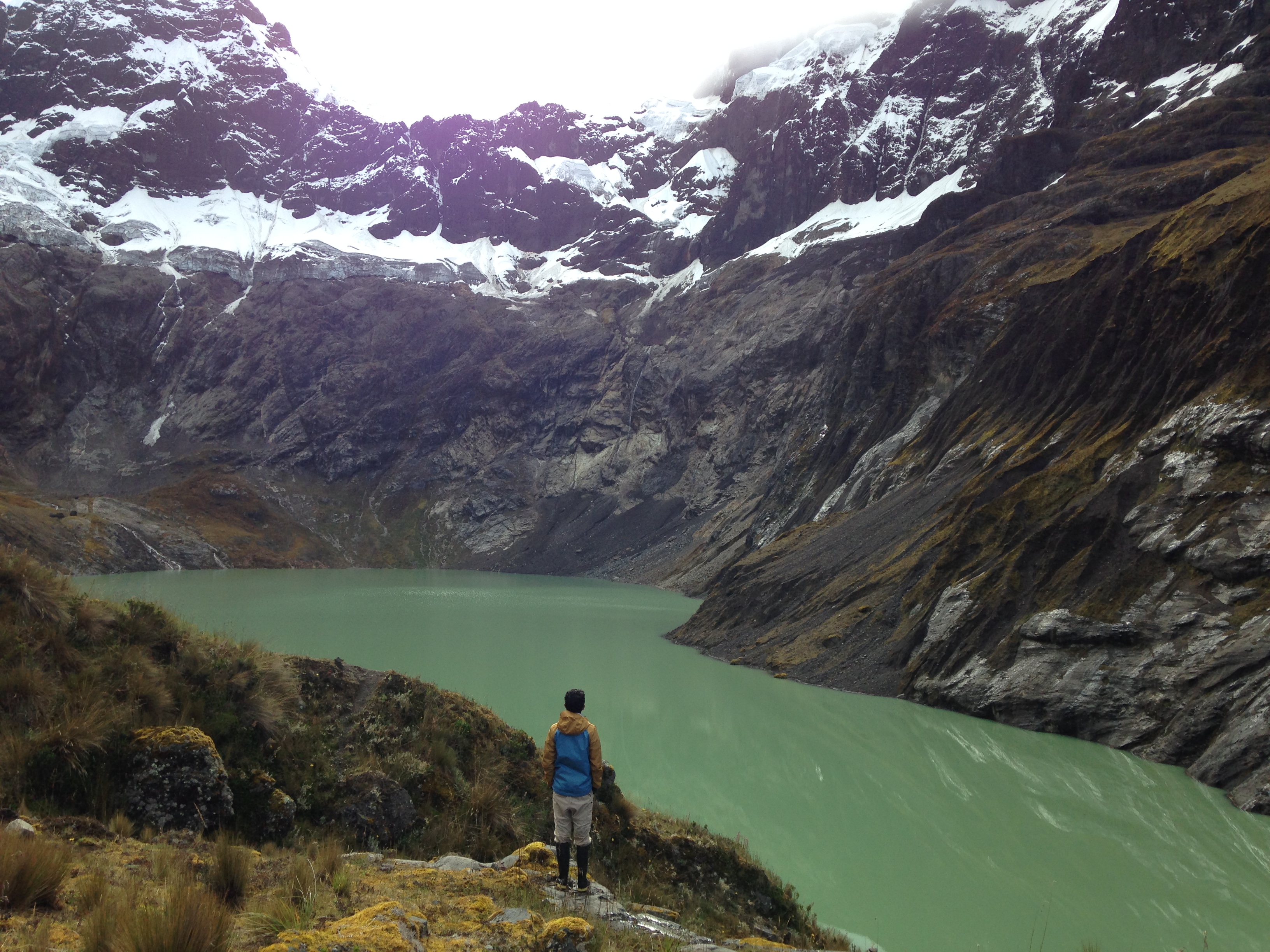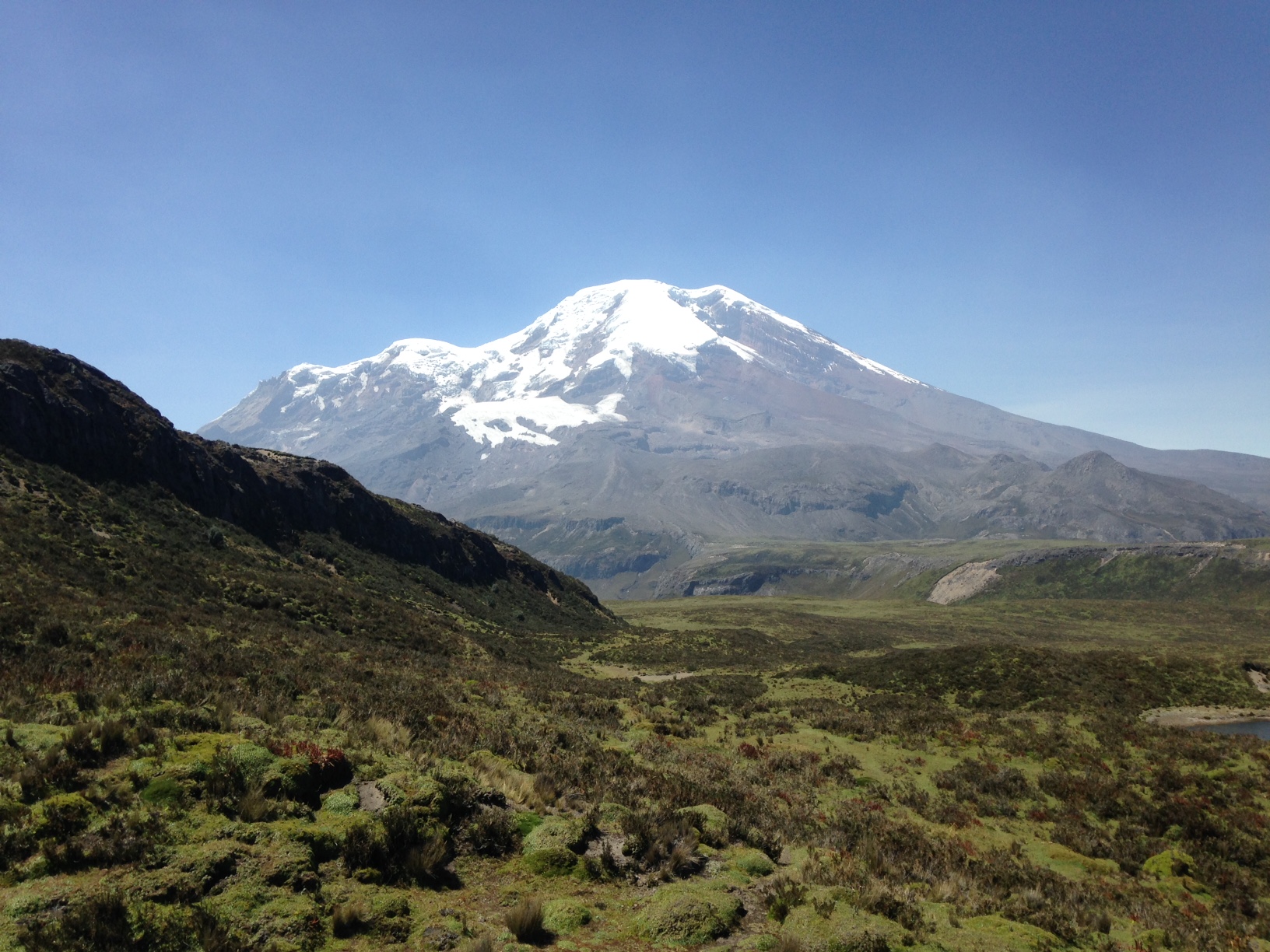Yes, it’s possible to hike Mount Washington in November. At 6,288.2 ft (1,916.6 m), Mount Washington is the highest mountain in New Hampshire and Northeastern United States. It is known for having the worst weather ever recorded in history (231 miles per hour, recorded in 1934). This record was held for more than 60 years. Although not very technical and high in altitude, Mt Washington brings a tremendous challenge due to its rapidly changing weather conditions. Usually, climbing this mountain in November with not much preparation in advance would have been questionable, but we found a good weather window on November 7th.
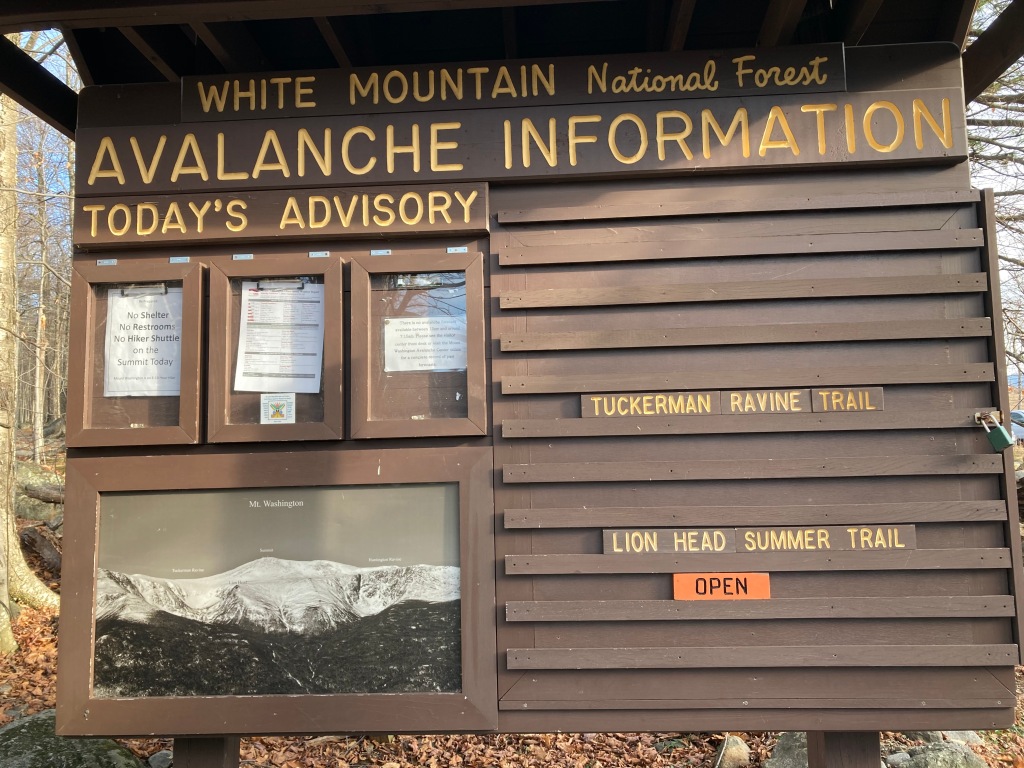
Brittany and I packed our backpacks with the usual; microspikes, gloves, warm layers of clothing, trekking poles, headlamps, food, plenty of water, etc. and off we went. The day was clear and not too cold for a New Hampshire November day with about 49 degrees when we started. There are different trails to take and we went for the Lion head trail as the Tuckerman ravine trail had bad conditions with falling ice.

The beginning of the Lion head trail is pretty straight forward with many sections that are mostly flat. More than an hour into the hike, it’s when it starts to get more steep and with sections that require the use of hands. Almost no snow or ice at all up until this point. As we kept ascending, we could see the surrounding mountains as the day was clear and with great visibility. On the left we started to see Tuckerman Ravine with little snow and more popular to hike during the summer months. Although, during the winter, skiers ski down this pretty steep slope.

The last section before the summit, reminded me in some ways of the Ecuadorian mountains, with a combination of rock scrambling and some steepness. Even though there was less exposure, the wind was blowing pretty strong for the most part. We saw about 20 people in this section and I could see that we were getting close to the top.
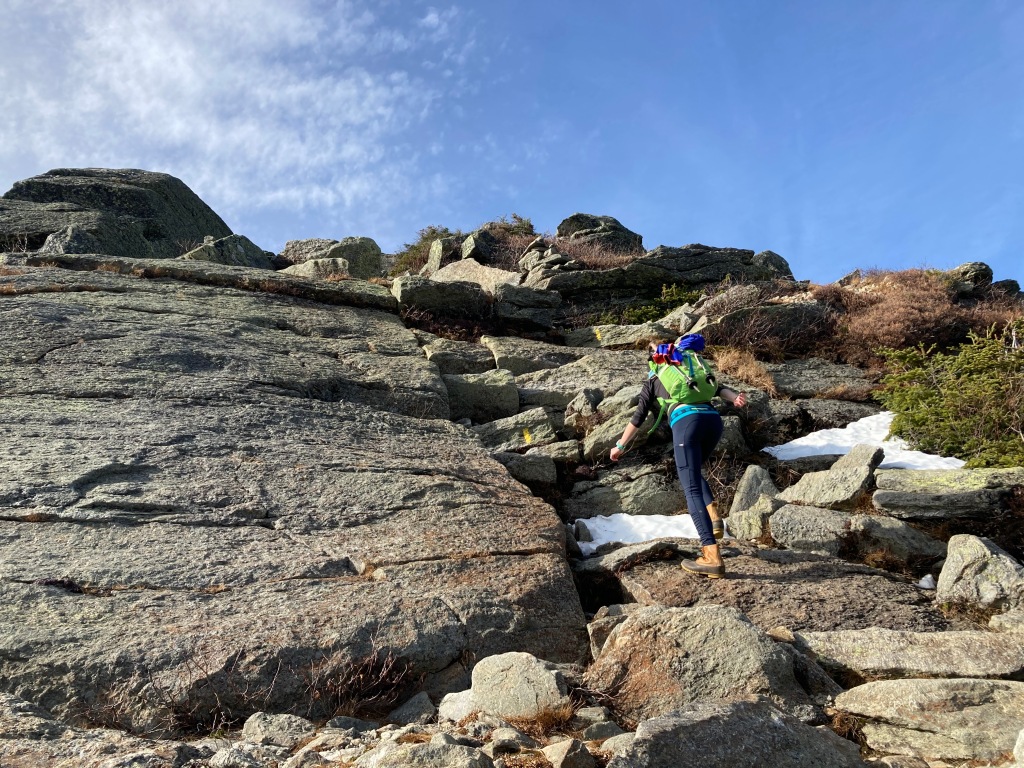
The summit of Mount Washington is like no other summit I’ve been to. At the top you’ll find; the Mt. Washington Observatory, a museum, a cafeteria, toilets, a gift shop, among other things. You can reach the summit by car, let me write that again, you can reach and summit by car. Oh, did I mention that you can also reach the top through the Cog Railway? it’s mind blowing to think about all of these things at the top of a mountain. It’s a very touristy place. Fortunately, all of these attractions are only open during the summer so there were not too many people at the mountain.

We lucked out at the summit with 40 degree weather for a November day and not much wind blowing. In the end, we didn’t have to use all of our layers. Brittany and I started 2020 with Chimborazo, the highest peak in Ecuador and now we’ve wrapped up the year with the highest peak of New Hampshire. As I was standing on top of this mountain and seeing the lower peaks, my mind was filled with thoughts about the weather conditions of this mountain and potentially climbing it during the winter. I can see why so many have perished attempting this feat. It’s no small feat. The weather conditions can change very fast and you have to climb Mount Washington with respect and humbleness. I’m sure this will not be the last time I’m on top of this mountain, as it will certainly be a good place for training for the bigger peaks in the near future.












